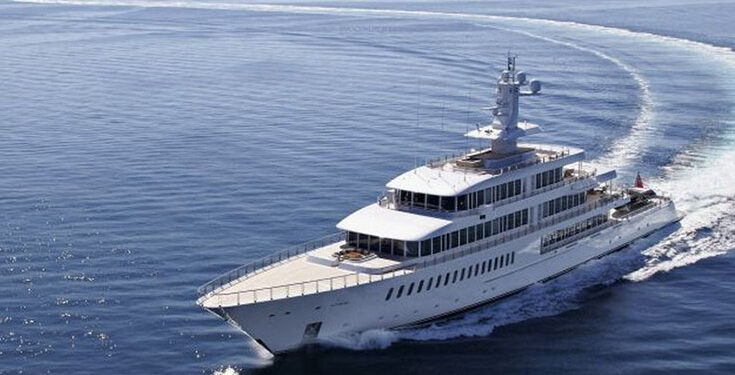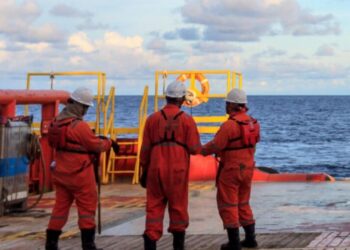UK MCA has issued Marine Guidance Note in order to provide guidance for all vessels engaged in transfers of persons at anchor or underway as regards: taking the necessary precautions, use of trained persons and carriage of requisite equipment to aid a safe transfer and rapid recovery of a casualty from the water.
Pilots and Pilotage Authorities regularly undertake transfer of persons between vessels at sea, and it is recommended that this guidance should be read in conjunction with SOLAS Ch V, Regulation 23. However this guidance is predominantly aimed at those who are not experienced in such transfers.
There have been accidents, some fatal, whilst transferring persons between vessels making way. A fatal accident occurred on the River Humber when a mooring assistant fell whilst transferring between a tug and tanker after losing his footing and grip on a ladder. More recently a naval officer fell into the River Thames when transferring by ladder from a frigate to a Class V passenger vessel. With the smaller vessel secured forward, the painter parted and, as the two vessels separated, the ladder spreader became trapped in the bulwark of the smaller vessel.
The key lessons from such incidents are that trained and fully briefed persons should be used to conduct transfers with appropriate risk assessments carried out and strict operational procedures followed -particularly in cold, wet and adverse sea conditions.These measures will assist in preventing accidents and ensure a rapid recovery from the sea should this occur.Personnel transfer should always be carried out with regard to the Merchant Shipping and Fishing Vessels (Health and Safety at Work) Regulations 1997 and relevant guidance, including the Code of Safe Working Practices for Merchant Seafarers, The Embarkation and Disembarkation of Pilots – Code of Safe Practice, SOLAS V as amended and MGN 533 on Means of Access.
Wherever possible transfer of persons should take place with the vessel secured at a berth via an accommodation ladder/gangway. However it is recognised that sometimes it is unavoidable to undertake transfers of persons at sea.
Transfers at anchor
Transfer of persons, other than those specially trained in the use of pilot ladders, from/to a vessel at anchor should be carried out in accordance with relevant guidance using proven arrangements e.g. accommodation ladder (if provided)/pilot ladder /combination of an accommodation ladder and pilot ladder as appropriate. However there may be circumstances where use of an accommodation ladder is considered to be unsafe as it may result in damage to the launch and/or the ladder, or other operational reasons why a transfer alongside cannot be undertaken.
Transfers when underway
Except where a vessel has a specially designed and dedicated passenger transfer system the transfer of persons (other than those experienced in the use of pilot ladders) from/to vessels which are not secured alongside or at anchor should not be attempted unless it is unavoidable. Means of transfer should be carried out in accordance with relevant guidance using proven arrangements e.g. accommodation ladder (if provided)/pilot ladder /combination of an accommodation ladder and pilot ladder as appropriate. Where appropriate, both vessels should make way at the slowest speed necessary to provide a lee and/or a more stable platform with the Masters of both vessels mindful of the possible effects of interaction between the vessels.
Masters should agree beforehand which vessel is the controlling vessel during the evolution. Often it is the larger of the two vessels which assumes control when, in reality, it would more appropriate for the receiving vessel to confirm as safe and readiness to receive personnel.
Further information may be found by reading the Marine Guidance Note below
Source: UK MCA

































































